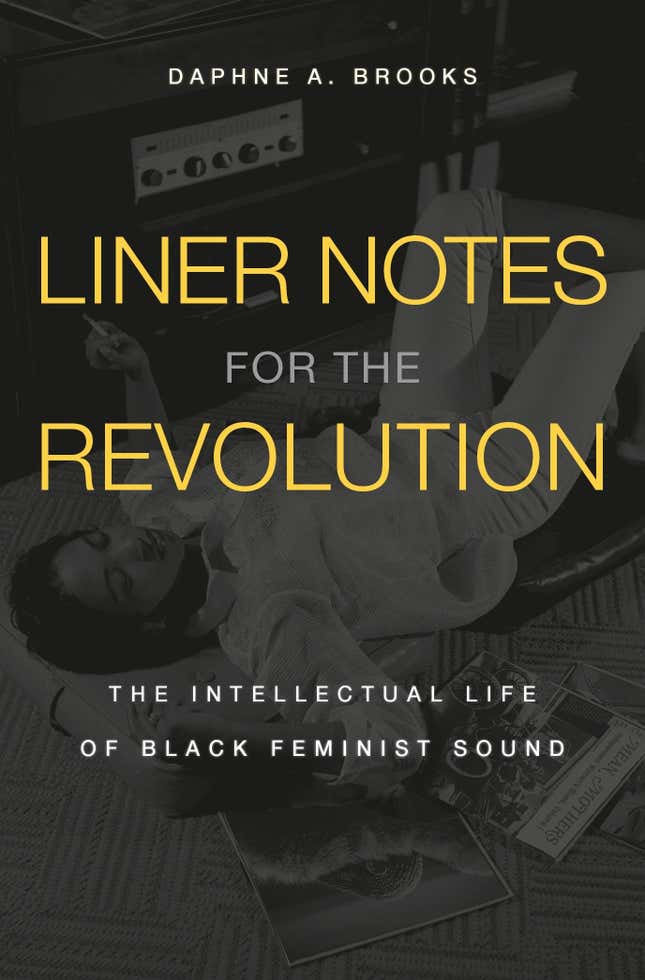Shifting the Center of American Music from Bob Dylan to Beyoncé Knowles
In Depth
Image: (Photo by Kevin Winter/Getty Images for Coachella)
There are those who say that the lore of the modern rock and roll archive starts here, deep in the rustic outer country of upstate New York, in a house affectionately nicknamed Big Pink because of its gaudy, pastel siding. Here in West Saugerties, New York in 1967, Bob Dylan and the Toronto outfit once known as the Hawks and now simply as “the Band” are down in the basement singing songs about Bessie Smith and ye “old, weird America,” as Greil Marcus famously puts it. Here in this place and in the same year that Rolling Stone magazine would be born and set into play a kind of self-congratulatory music criticism that haunts our present-day taste-making institutions and Bradley Cooper’s A Star Is Born dreams, here in the same year that King would deliver his “Beyond Vietnam” speech condemning American empire and exposing its inextricable ties to racial and class terror, the same year that over 150 communities of the working poor, the urban and distressed, from Newark to Detroit and beyond would light up in rebellion—in the run of that roiling epoch, a band of brothers (one with indigenous roots, another with a notoriously fabulist past) laid down tracks that stoked the mythologies associated with rock history and the fetishistic, deep wonk ways that certain kinds of cultural histories get rendered as “precious,” get dubbed as worthy of “preservation,” while other forms are left to seemingly fade away.

The “Basement Tapes,” as they came to be known, were recorded that year in relative isolation and under the cover of Dylan’s storied convalescence in the wake of a nasty motorcycle accident in 1966. They were mischief-making jam sessions featuring one-offs, breakdowns, wistful ballads, whiskey-soaked supplications, and roughshod odes to the open road. They were tavern blues and campfire tales, “casual recordings . . . more than one hundred performances of commonplace or original songs.” They were documents of young white men (or “white-seeming” men in the case of guitarist Robbie Robertson) who were armed with, among other things, Dylan’s trademark esoteric lyrics (albeit a bit leaner here), his always-elsewhere, punctum vocals, which he shared with Robertson and Rick Danko (who takes lead on the song “Bessie Smith”), and the insistent warmth and elegiac tenor of Garth Hudson’s Hammond organ and accordion work.
Fourteen songs pressed into permanence on an acetate disc and passed around—first to fellow musicians and then bootlegged all across the rock and roll universe by 1970. Their major-label release in 1975 was cause for celebration among the critics and fans who longed for the chance to further archive the rehearsals and experimentations of that sacred rock bard, forever shrouded in mystique, forever the iconic ideal, forever the romantic embodiment of all that is putatively authentic and organic in popular music culture—in spite of the fact that he himself reveled in the talents of his own endless mythmaking.
What The Basement Tapes held out to Dylanites, however, was the assurance of pure and unadulterated art, resistant to commerce, pounded out on the ground floor of a house rental in upstate New York. This was a music-making “laboratory,” as Marcus refers to it, “where, for a few months, certain bedrock strains of American cultural language,” he argues, “were retrieved and reinvented.” Yes, there were those naysayers who called out the slacker tendencies of a collective that appeared to pay little (or not enough) mind to their own—“This Wheel’s on Fire”—American present (“these were deserters’ songs,” cries one critic in 1990s hindsight), but to those haters Marcus would famously offer an extended treatise on the prodigious value of the tapes in the ways that they document “an unimaginable speech, an undocumented country,” an “invisible republic,” “music made to kill time that end up dissolving it.” As is the case with all of his signature work, he is transfixed by a song’s ability to encapsulate a constellation of rhizomatic historical moments, to condense the most romantic elements of American history—“the Puritan’s dares” and folkloric outlaws’ death wishes—and transduce them into present-day articulations of longing and suffering, adventuresome pleasure and playfulness. If these tunes sound familiar, uncanny, maybe even a bit clichéd with their country twang and frontier saloon sadness, they do so purposefully, according to him, in order to convey larger truths about the human condition. They are songs that stage scenes of “Comedy and Tragedy sitting down for a long bout of arm-wrestling with a drunken mob cheering them on,” as he puts it.
Black feminists—musicians, critics, and fans—are repeatedly on the sidelines of the sidelines watching all of this go down. There’s no shade that I’m throwing here, only the simple and yet thoroughly underacknowledged fact that in the big, hallowed intellectual histories of popular music culture and the practices of collecting, memorializing, and assigning value to sonic art, Black women are rarely in control of their own archives, rarely seen as skilled critics or archivists, all too rarely beheld as makers of rare sounds deemed deserving of excavation and long study. In the world of the Tapes, even Bessie Smith, the blues empress whose legend has spawned generations of poetry, theater, dance, visual art, and book-length explorations and tributes, makes a cameo in the service of the Band and Dylan’s typically solipsistic pilgrimage toward the talismanic powers of a long-lost “friend” who, as the lyrics go, shared with them “the good times and the bad.” Back in those days, we’re told, our protagonists “didn’t worry about a thing.” They wonder whether it was “her sweet love or the way she could sing.” Tapes collectors and critics tend to spend little time with this song other than to squabble over sound quality and the question of whether this track—with its noticeable studio polish—even belongs in the “Big Pink” sessions. As Yoncé Knowles might say (channeling Karen O and calling out to Bessie), “They don’t love you like I love you.”
-

-

-

-

-

-

-

-

-

-

-

-

-

-

-

-

-

-

-

-

-

-

-

-

-

-

-

-

-

-

-

-

-

-

-

-

-

-

-

-








































